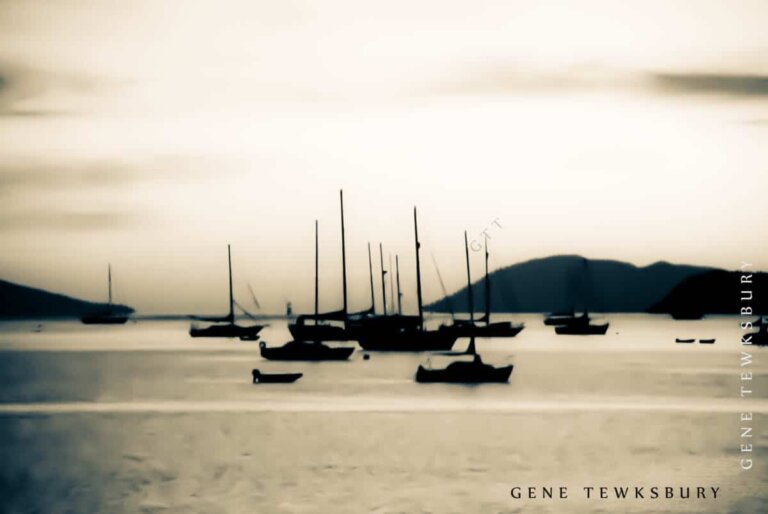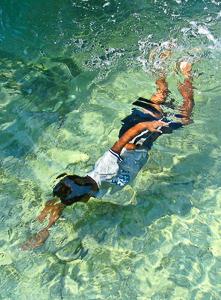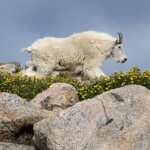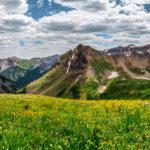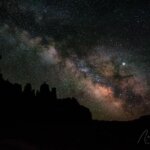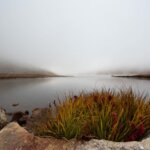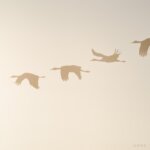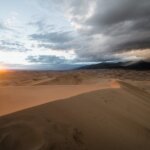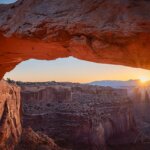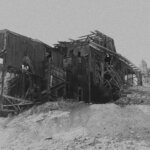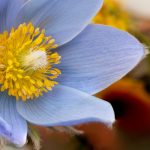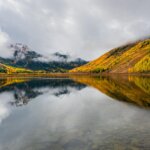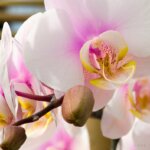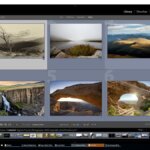Foundations of Composition
At the simplest level, we can define composition as the way a photographer frames a scene. But good composition involves much more than simply choosing how to crop the world into the rectangle inside your viewfinder.
Good composition is the process of arranging forms and tones in a way that is pleasing and that guides the viewer’s so as to bring attention to your subject. In a good composition, you will know precisely what the subject of the image is, while a bad composition leaves you thinking, “I’m not sure what the point of that photo is, what am I supposed to look at”?
Sometimes the right composition is obvious. At other times, you might find that the only reason a particular subject stands out stems from how the photographer composed the image, bringing your attention to it.
As your composition skills improve, not only will your everyday shots look better, but you will find that the world is rife with far more subject matter. Objects that had seemed mundane will become interesting because of how you arrange and order them within the frame. That is the power of composition.
Composition – Rules (or things to consider)
Rule of Thirds – Imagine that your image is divided into 9 equal segments by 2 vertical and 2 horizontal lines (tic-tac-toe board). The rule of thirds says that you should position the most important elements in your scene along these lines, or at the points where they intersect. Doing so will add balance and interest to your photo. Some cameras even offer an option to superimpose a rule of thirds grid over the LCD screen, making it even easier to use.
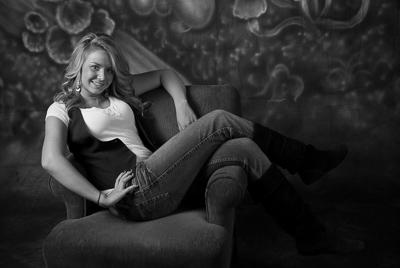
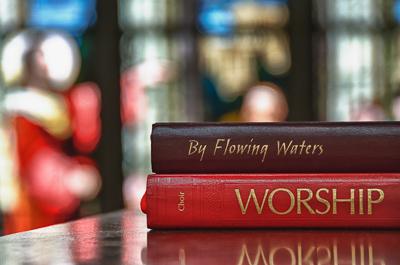
Leading Lines – When we look at a photo our eye is naturally drawn to strong lines. By thinking about how you place lines in your composition, you can affect the way a person views the image, pulling us into the picture, towards the subject, or on a journey “through” the scene. There are many different types of lines- straight, diagonal, curvy, zigzag, radial etc – and each can be used to enhance our photo’s composition.
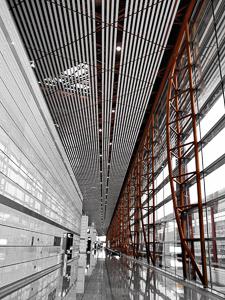
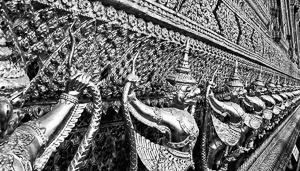
Symmetry – We are surrounded by symmetry and patterns, both natural and man-made. This symmetry can make for very eye-catching compositions, particularly in situations where they are not expected. Another great way to use them is to break the symmetry or pattern in some way, introducing tension and a focal point to the scene.
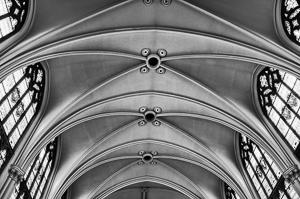
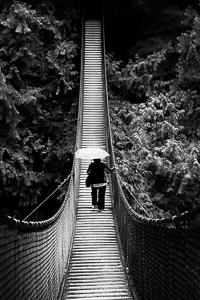
Point of View – Before photographing your subject, take time to think about where you will shoot it from. Our viewpoint has a deep impact on the composition of our photograph, and as a result it can greatly affect the message that the image conveys. Rather than just shooting from eye level, consider photographing from high above, down at ground level, from the side, from the back, from a long way away, from very close up, and so on. Remember that people are drawn to uniqueness, so don’t photograph your dog standing above him (everyone has seen a dog that way), try shooting lying on the floor and shooting up into his face. That adds unique perspective to the image.


Background – How many times have you taken what you thought would be a great shot, only to find that the final image lacks impact because the subject blends into a busy background? Look around for a plain and unobtrusive background and compose your shot so that it doesn’t distract or detract from the subject. Also you want to pay attention to the background to ensure that distracting objects are not interfering with the subject. Often you can improve the background simply by getting closer to your subject and filling the frame with the subject.
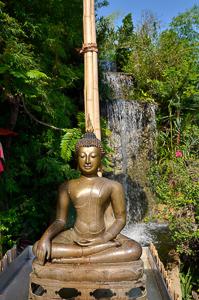
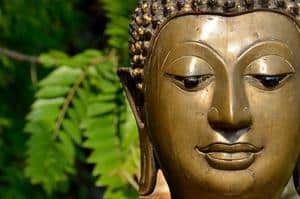
Fill your Frame (or cropping) – Often a photo will lack impact because the main subject is so small it becomes lost among the clutter of its surroundings. By cropping tight around the subject you eliminate the background “noise”, ensuring the subject gets the viewer’s undivided attention. Be sure to keep close attention to the details of your subject (and background) when moving in close. You don’t want to clip important parts of your subject. If you are going to clip parts of living creatures you generally want to avoid doing so at their joints. A photo clipped half way through the thigh looks fine… but chopped at the middle of the knee, looks bad.
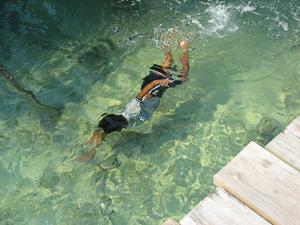
Foreground – Because photography is a two-dimensional medium, we have to choose our composition carefully to convey the sense of depth that was present in the actual scene. You can create depth in a photo by including objects in the foreground, mid-ground and background. Another useful composition technique is overlapping, where you deliberately partially obscure one object with another. The human eye naturally recognizes these layers as being different distances, creating an image with more depth.
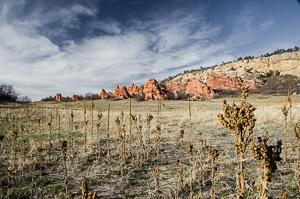
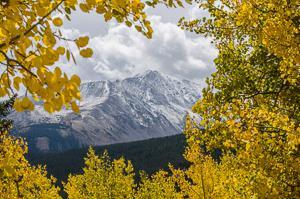
Related to this subject.
If they sky is interesting, then try and include lots of sky. If it is dull, plain, nothing in it,,,,, then include as little sky as possible.
Adding foreground helps to make people feel like they actually “in” the photograph far more than if you do not include a foreground.
Subject Motion and Subject Viewpoint – It is generally best to face a subject so that the direction of motion has room to “move” across a photo. You don’t want the front end of a moving object about to fall off the page, or a person on the right side of the photo looking off the right side of the photos.

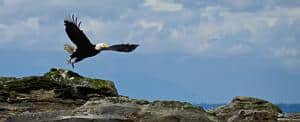
Framing – Sometimes a photo can benefit from using the natural surroundings in the photograph as frames for the subject. Trees, archways, holes, and more can make great natural frames.
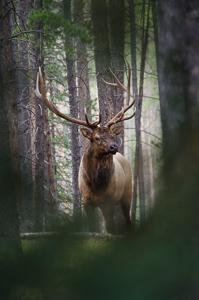
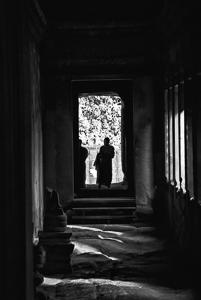
Simplicity – details make most things more interesting, but not always. Sometimes having few subjects in the frame makes for an attractive image.
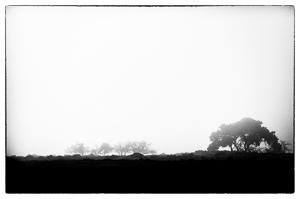
Patterns – Use of patterns and repeating elements often makes for interesting subject matter.

Texture – Images are a two dimensional, yet with the clever use of ‘texture’ they can come alive and become almost three dimensional. Texture particularly comes into play when light hits objects at interesting angles.

Reflections – Pay attention to reflections in your photograph. They may come from glass, water, chrome etc. First you want to decide if you want the reflection at all. If not, then you need to work on removing the reflection through filters or repositioning yourself. If you want the reflection keep in mind all the rules above when it comes to the subjects in the reflection. Often people think hard about the “real world” but then pay no attention at all to the composition of the reflection itself. Often you can greatly change the reflection’s composition simply by changing your shooting position.

Vertical too – remember to turn that camera. Do not get stuck shooting horizontally. If the “flow” of the photo is vertical, turn the camera to get more of that “flow” .

Experiment – With the dawn of the digital age in photography we no longer have to worry about film processing costs or running out of shots. As a result, experimenting with our photos’ composition has become a real possibility; we can fire off tons of shots and delete the unwanted ones later at absolutely no extra cost. Take advantage of this fact and experiment with your composition – you never know whether an idea will work until you try it.
#photography tips, #photography tutorials, #composition,
Want to learn more about good photography composition? Check out one of Big Sun Photography’s Colorado Workshops.

